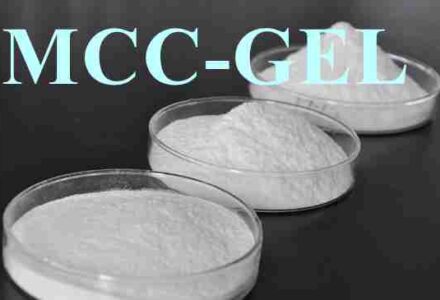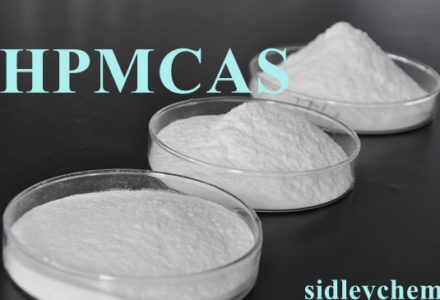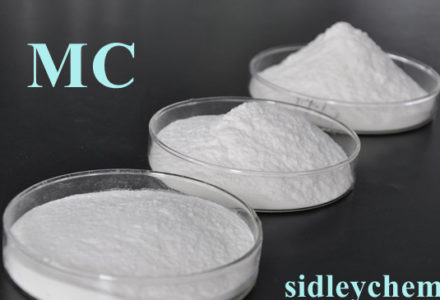The additive is a generic term for a few materials which could change some properties of mortar, such as redispersible polymer powders (or emulsion), fibers, retarding agents, fluidizing agents, deformation agents for adjusting the volume of mortar, and water-repellent agents. The special performance that additives give dry-mixed mortar is the key to distinguish it from.. read more →
The glass-transition temperature refers to the temperature at which polymers will be converted from an elastic state to a glassy state, expressed by Tg. When the temperature is higher than Tg, the material is rubber-like in behavior and generates the elastic deformation under load; when the temperature is lower than Tg, the material is glass-like.. read more →
The minimum film-forming temperature refers to the minimum temperature at which polymers form a continuous film, expressed by MFT. If the cement hydration temperature is below this value, the energy supplied will not be enough to start film formation. At this time polymers will be present in the form of intermittent particles in the cement.. read more →
The roles that redispersible polymer powder plays in mortar can be considered as follows. First, after water added into mortar, the powder particles will get dispersed in water and quickly form a film under the action of hydrophilic protective colloid and mechanical shear force, causing an increase in the air content of mortar and helping.. read more →
CMEC (carboxymethyl ethoxy ethyl cellulose) has cellulose as a raw material and is mixed ether than can obtain partial carboxymethylation or ethylation. CMEC (Carboxy methyl ethyl cellulose) is made of cellulose and is mixed ether by partial carboxymethylation or ethylation. Listed in JPE (Japan Pharmaceutical Excipients) and this is mainly used as a base for enteric film.. read more →




